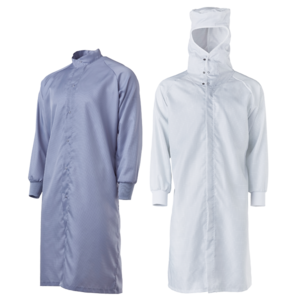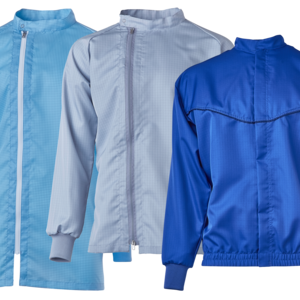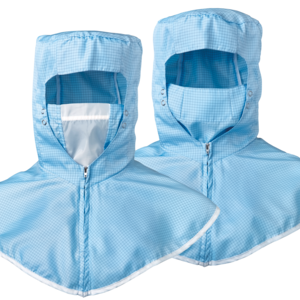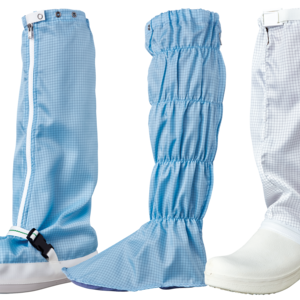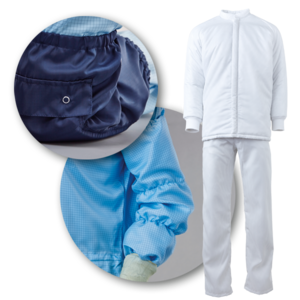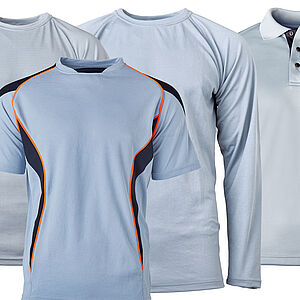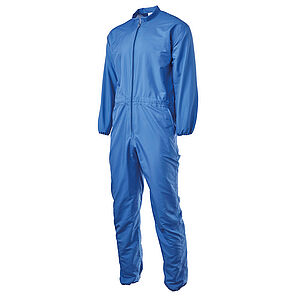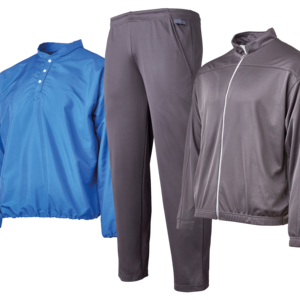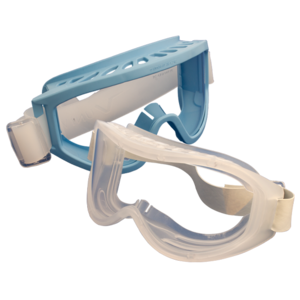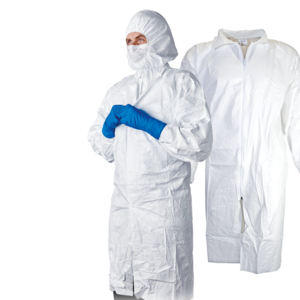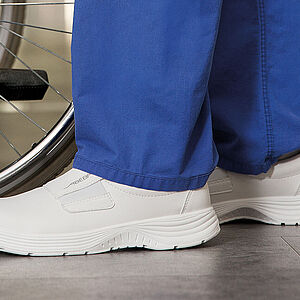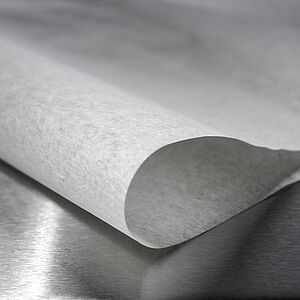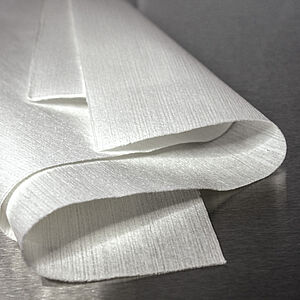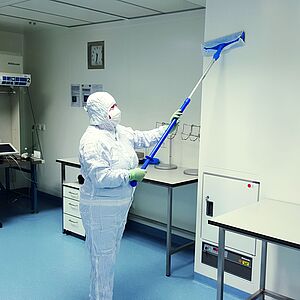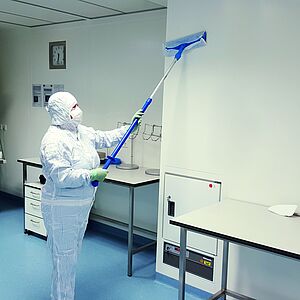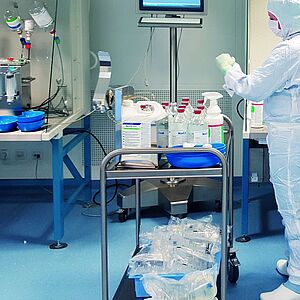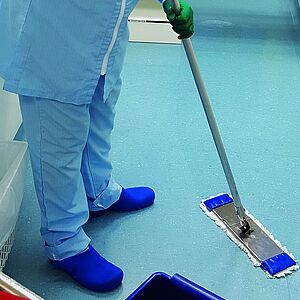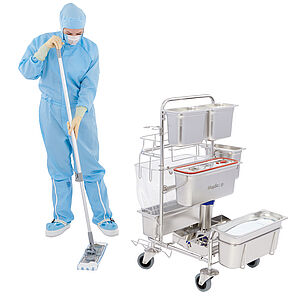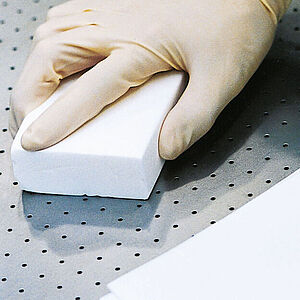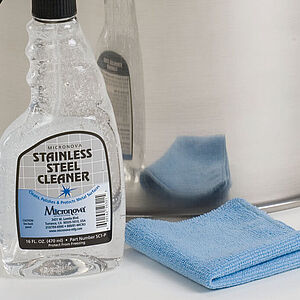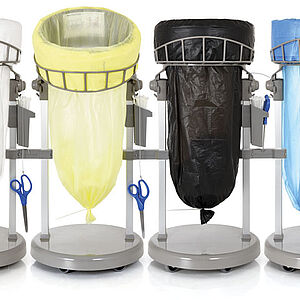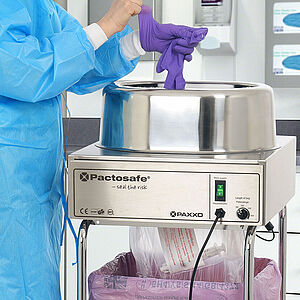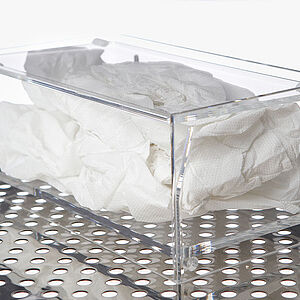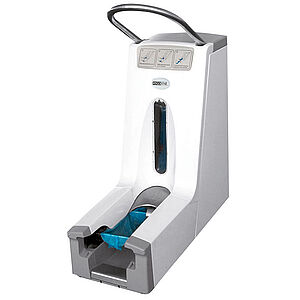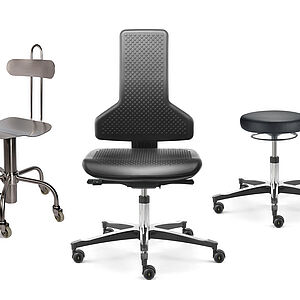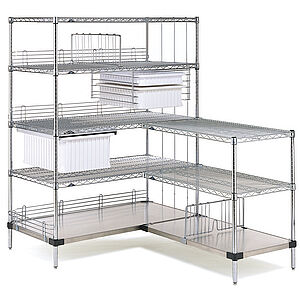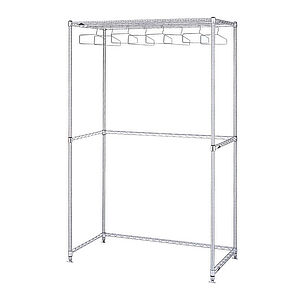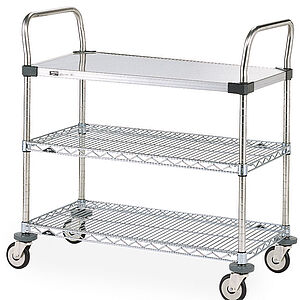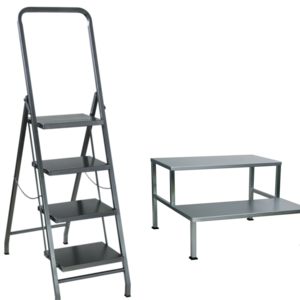To our overview of downloadable content:
It’s important what you are wearing under the cleanroom garments!
Studies on the particle emission of cleanroom garments
Operators ask themselves again and again whether the use of cleanroom suitable undergarments are worth the effort – or whether costs can be saved at this point after all.
In the meantime, various studies have shown how efficient undergarments, adapted to the cleanroom requirements, can significantly reduce the contamination risk originated by humans.
Both from a particulate and microbiological point of view, contamination has been proven to be reduced by 50% and more. Thus, cleanroom suitable undergarments are one of the important pillars of an efficient garment system and even enables the user to make compromises in other areas, depending on the requirements.
Studies in the Body-Box and the results of a very extensive study at the ITV Denkendorf impressively demonstrate the advantages of a correspondingly optimised underwear/undergarments.
The studies have also shown that it is not only recommended to use a defined cleanroom compatible undergarment for higher cleanroom classes (ISO 5 and better or GMP areas A and B) but also for lower cleanroom classes (ISO 6 to ISO 8 or GMP areas C and D). Especially in areas where a cleanroom gown is worn, the cleanroom compatible undergarments (made of synthetic fibres) show excellent values in direct comparison to undergarments made of cotton, which are typically used for private streetwear.
In addition to the above mentioned advantages from the point of view of contamination protection, cleanroom compatible undergarments can also improve the wearing comfort of the entire garment system. An extensive comparative study at the Hohenstein Textile Testing Institute has proven the advantages of correspondingly functional underwear/undergarments.
Depending on the material, such undergarments can actively transport moisture and heat but can also retain (i.e. insulate) heat if necessary. Optionally, antimicrobial (odour inhibiting) and conductive properties are also possible.






